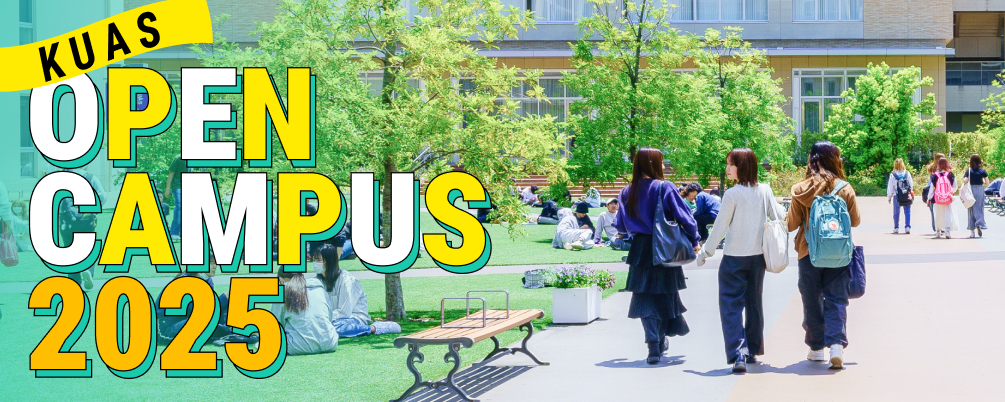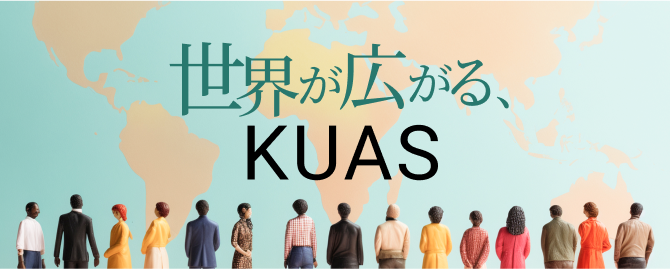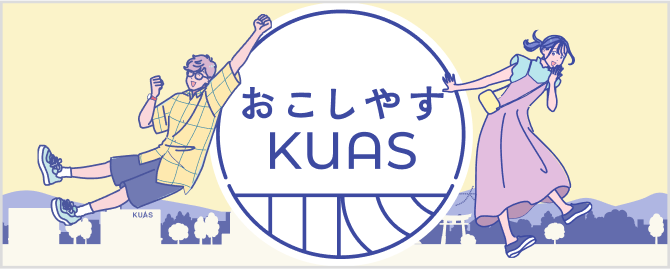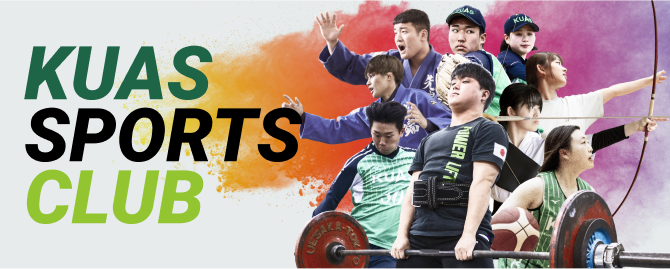今年10月に東北大学で開催された国際会議「The 20th International Conference on Precision Engineering(ICPE2024)」において、本学大学院工学研究科修士2年生のダニエル・サルディバル・アヤラ(Daniel Saldivar Ayala)さんが、ICPE2024に提出された論文の中から着眼点に優れ、かつ、将来が期待される大きな成果を挙げた研究に対して贈られるExcellent Paper Awardを、工学部4年生のアビラージュ・シン(Abbhiraj Singh)さんは、ICPE2024において優れた講演を行った若手研究者に対して顕彰するYoung Research Awardをそれぞれ受賞しました。この国際会議で、ダニエルさんは、「Ultrasonic-assisted fabrication of water-dispersed photonic crystals for self-reporting surface pressure sensor application(”超音波支援による水分散フォトニック結晶の製造と自己報告型表面圧力センサーへの応用)」について、アビラージュさんは、「Surface modification of Si-MEMS using electron beam induced silicon nanodots(電子ビーム誘起シリコンナノドットを用いたSi-MEMSの表面改質)」についての研究発表を行いました。本学 生津資大教授(工学部/専門分野:ナノメカニクス、ナノテクノロジ、機能性材料)の指導のもと、ダニエルさんは、ナノ粒子を用いた構造色の研究を行っています。その研究課程において、面心立方構造に配列させた直径200nm程度のシリカナノ粒子を含むガラスチップを作製し、外部から力学負荷を与えることで生じるガラス表面の応力分布を構造色の分布として表現することに成功しました。また、アビラージュさんは、電子線照射でシリカ薄膜中に結晶シリコンナノドットを形成する技術を使い、シリコンMEMS(Micro Electro Mechanical Systemsの略。半導体プロセスで作られた小型の電気機械デバイスを指す)の強度を人為的に制御できる可能性を見出しました。
ダニエルさんは、「メキシコではバイオシステムを勉強しました。バイオと機械の融合に興味があり、ナノサイズの機械材料研究を活発に行っている本学の生津研究室に入りました。ナノ領域の機械物理現象は大変面白く、これからも新しいデバイスづくりにチャレンジしたい」と語りました。アビラージュさんは、「学部2年生からコーナーストーンプロジェクト(学生による自主プロジェクト)を生津研究室で行ってきました。原子数十個分というナノサイズでの物理現象を正しく理解して、それを工学的に活用することは難しくも面白いです。これからも頑張ります」と話しました。生津教授は、「研究室から2名の学生が異なる賞を同時に受賞するのは大変稀なことで光栄です。日頃からひたむきに研究活動に励む優秀な学生達が評価されて私も嬉しいです」と賛辞を贈りました。
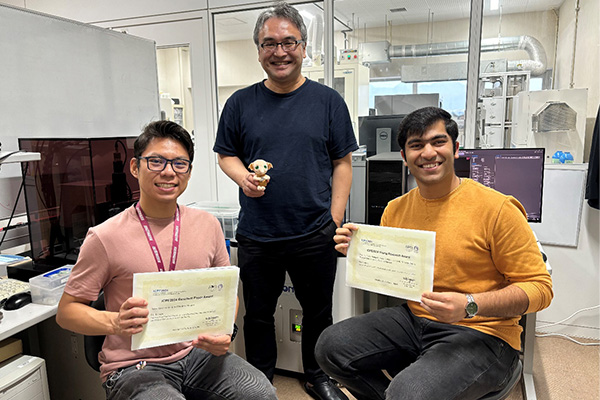
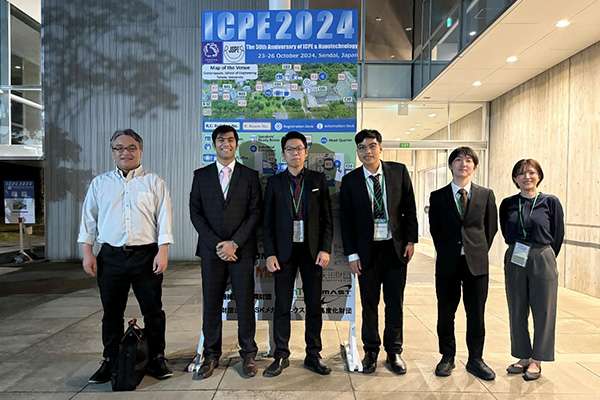
(工学部教授 川上浩司)
Daniel Saldivar Ayala and Abbhiraj Singh of KUAS Engineering won Excellent Paper Award and Young Research Award at ICPE 2024!
Daniel Saldivar Ayala, a second-year master’s course student at KUAS Graduate School of Engineering, and Abbhiraj Singh, a fourth-year bachelor student at KUAS Faculty of Engineering, have simultaneously received the ICPE 2024 Excellent Paper Award and the ICPE 2024 Young Research Award from the 20th International Conference on Precision Engineering (ICPE2024) held in Tohoku University, Sendai, Japan, for their presentations entitled “Ultrasonic-assisted fabrication of water-dispersed photonic crystals for self-reporting surface pressure sensor application” and “Surface modification of Si-MEMS using electron beam induced silicon nanodots”, respectively. Those awards recognize outstanding research work and great presentation by young researchers at the ICPE 2024, respectively.
Under Professor Takahiro Namazu’s supervision, Daniel is researching structural color using nanoparticles. He manufactured a glass chip sensor containing silica nanoparticles with a diameter of approximately 200 nm arranged in a face-centered cubic structure, and succeeded in expressing the stress distribution on the glass surface caused by applying external mechanical load as a distribution of structural color. Abbhiraj is researching silicon nanodots creation mechanism and their application to strength control. He used a technology to form crystalline silicon nanodots in a silica thin film by electron beam irradiation, and discovered the possibility of artificially controlling the strength of silicon MEMS (short for Micro Electro Mechanical Systems, which refers to small electromechanical devices made by using semiconductor processes).
Daniel said, “In Mexico, I studied biosystems. I am interested in the combination of biotechnology and mechanics, so I joined the Nanomechatronics Laboratory at KUAS, which is actively conducting research on nano-sized mechanical materials. Mechanical physical phenomena in the nano region are so interesting, and I will continue to work hard to create new devices”. Abbhiraj said, “I have been researching in the Nanomechatronics Laboratory as part of the Cornerstone Project (a student-led self-motivated project at KUAS) since my second year of undergraduate studies. It is difficult but interesting to correctly understand physical phenomena at the true nano-size of several tens of atoms and use them in engineering. I will continue to work hard”. Professor Namazu praised the awards, saying, “It is great honor that two students from one lab received two different awards at the same time. I am so happy that our excellent students, who work diligently on their research activities every day, have been recognized”.
(Hiroshi Kawakami, Faculty of Engineering)

